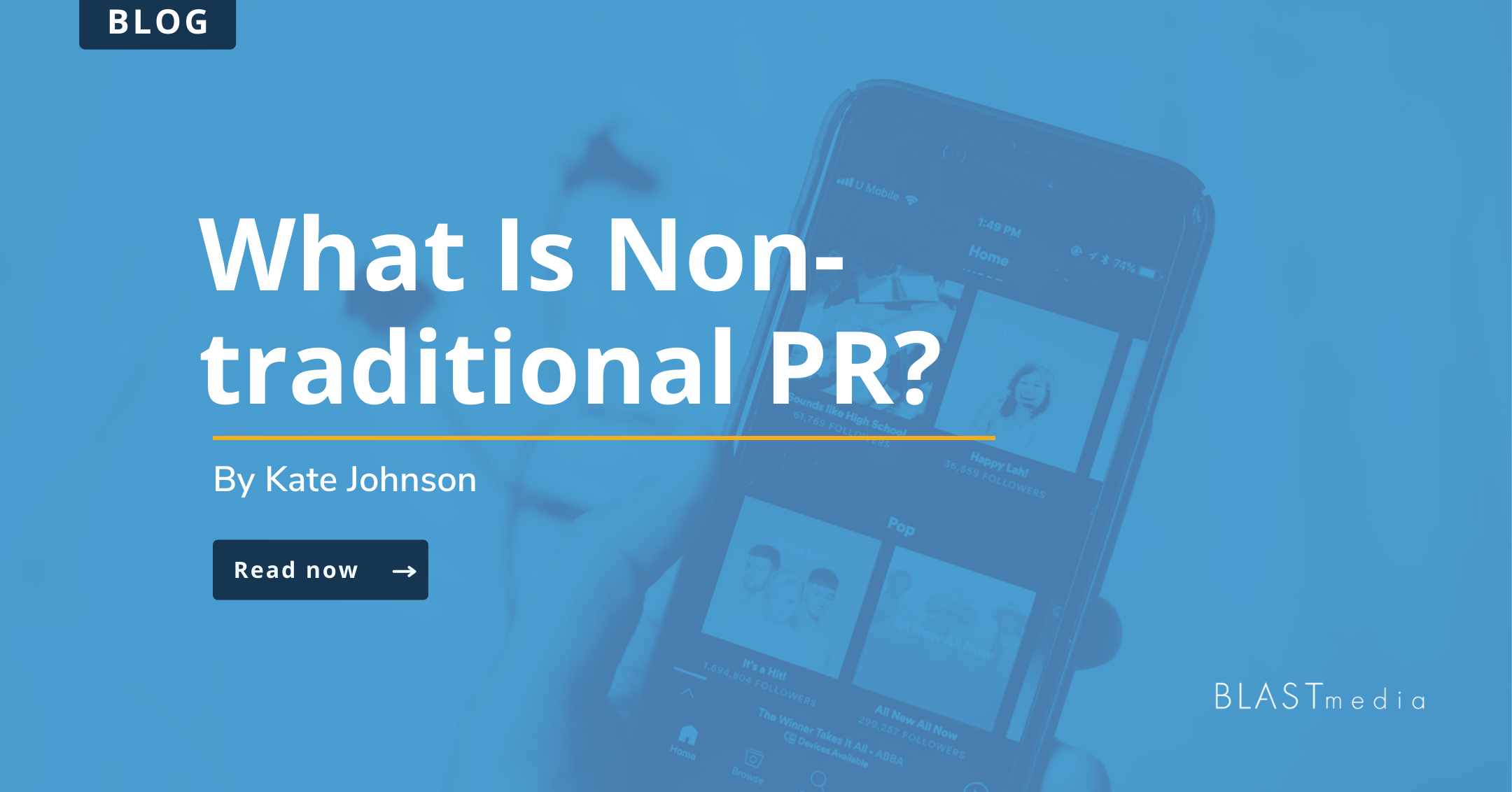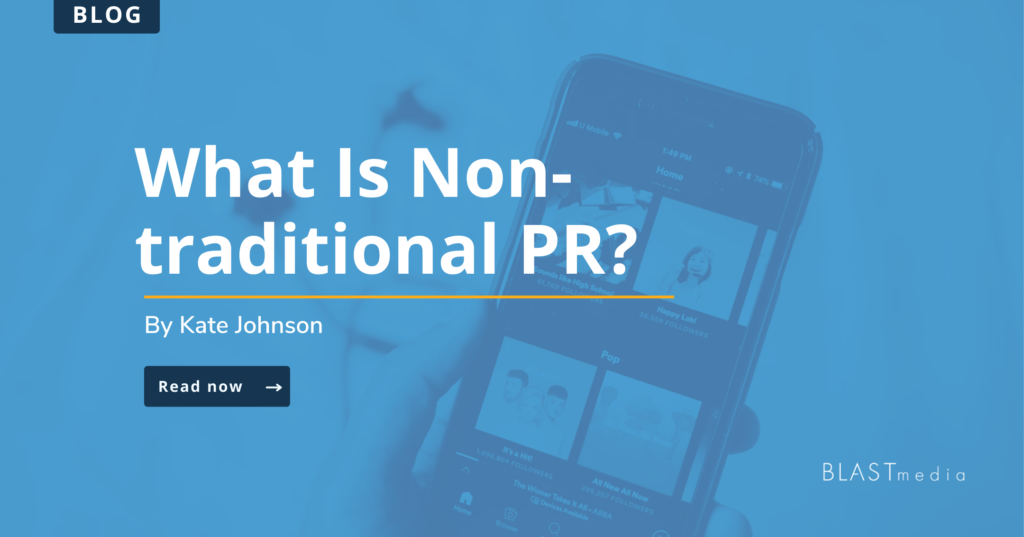
The corporate narrative no longer focuses solely on the CEO, category and product talk tracks. It’s broadened in topic and scope to act as another influencer on today’s generation of talent and buyers valuing purpose and connection.
And really, every company needs a narrative. We’re not talking about self-contained stories with a set beginning, middle and end, but rather an ongoing, open-ended tale focused on the customer — not the company.
Far too many companies struggle with crafting a compelling, inspiring corporate narrative that’s customer-focused. Successful companies have included Nike, with its “Just Do It” slogan, Google’s “Telling our Story” initiative, Zendesk’s “Let get real” story or Apple’s “Think different.”
In this post, we’ll talk about the merit of corporate narratives and how companies can expand their storytelling to reach more audiences, create customer loyalty, build resiliency and more.
A brief history
In the early 20th century, most large companies focused narrowly on selling products and services, and corporate messaging centered on product features, quality and customer service. By the mid-1900s, companies expanded their narratives to include related topics such as their history, relationships with communities, social responsibility efforts and value — a significant shift from the original product focus to building a broader identity and reputation.
More recently, companies have extended their narratives to include cultural branding, purpose-driven messaging, social causes and weightier topics like inequality and climate change.
Now, organizations seek to convey compelling stories across multiple channels — advertising, PR, social media, etc. — infusing those stories with personality, emotion and pillars that go beyond profits.
Benefits of telling more stories
So, why do stories matter? Have stories always been important, and we’ve only just taken notice over the past few years? Or have the audiences themselves changed?
There isn’t one single reason why stories have become more important. Still, the numbers show that Gen Y and millennials — who value purpose and meaning when choosing vendors — comprise most of today’s decision-makers.
Millennials expect something beyond the typical, traditional sales pitch. They crave meaning when selecting a vendor, and since millennials are involved in 73% of all B2B buying decisions, companies need to step it up to sate this craving. Brands must employ any strategy to attract those buyers, including creating a strong narrative beyond products and:
- Building an emotional connection.
- Inspiring evangelists.
- Driving culture.
- Guiding decisions.
- Cultivating trust.
- Sparking movement.
- Differentiating the brand from its competition.
Drive authenticity by involving the C-suite in narrative development and leveraging more “internal” SMEs — think CHROs, DEIB and ESG leaders — externally to add layers to the corporate narrative and its importance.
Sure, marketing can distribute the message, but leadership must immerse itself in customers’ needs and expectations. By understanding the full scope of potential opportunities, your leadership can author a narrative that truly resonates.
Once the C-suite is invested, invite employees to embrace and buy into it. Help them grasp the narrative’s significance, connecting it to their roles in enabling customer success. An inspired, unified workforce multiplies the narratives’ power. When each employee lives out a meaningful story, customers feel the impact.
Looking beyond products fuels inspiration. Delve into your customers’ needs, aspirations and ambitions. When their purpose resonates with your own, passion ignites. Let that intrinsic excitement guide you toward other paths for shared growth.
Then, empower meaningful action. Outline achievable steps to engage customers’ potential. The path to action should challenge — not overwhelm. Progress takes commitment; with care and courage, customers can act on the narrative to drive change.
Best practices for creating a corporate narrative
Corporate narratives have grown increasingly multidimensional and sophisticated, focusing on invoking something beyond a transactional relationship with target audiences. These expanded narratives help attract talent, connect with customers on a deeper level and portray the company as more than just a business.
But the narratives also invite more scrutiny if actions don’t fully match messaging or aren’t backed by meaningful policies and practices. Avoid serious missteps with these best practices.
- Articulate a clear purpose and values driving your organization beyond profits to build a solid and consistent foundation.
- Align the narrative with business goals and strategies to ensure you’re not simply sharing fluff.
- Get to know and understand your audiences so you can tailor your messaging and channels to resonate with target customers, stakeholders and communities.
- Showcase company culture authentically, with transparent glimpses into what’s really happening versus portraying more idealistic interpretations of the culture.
- Make corporate social responsibility (CSR) integral to your company, incorporating it into practices rather than treating it as merely an add-on or afterthought.
- Evolve and grow the narrative as your company and social expectations change.
- Substantiate the narrative and claims with action via concrete policies and measurable progress.
Not “The End” but rather a continuation
Investing in your brand is the most powerful intangible asset on your balance sheet. When you invest in expanding your corporate narrative to tell stories that your audience wants to hear, you foster customer loyalty, influence perceptions, drive advocacy, establish credibility, differentiate yourself from the competition, build a solid foundation in a changing world — and perhaps most important of all — create resilience.






